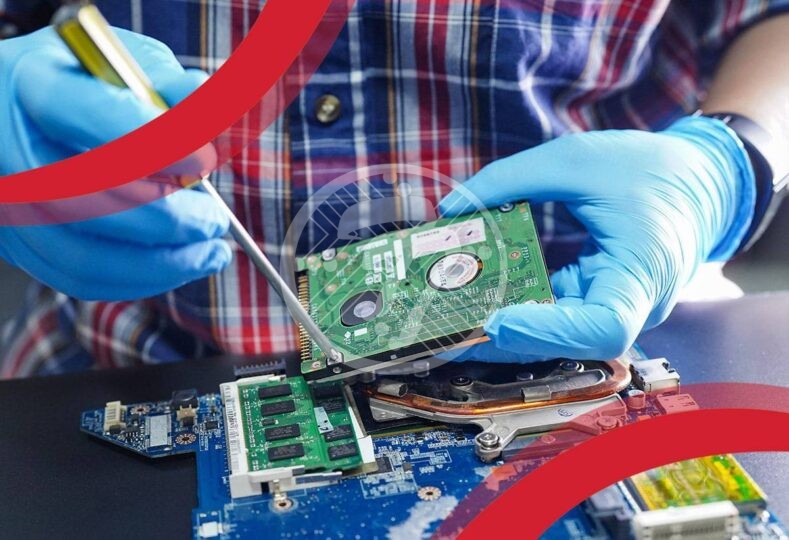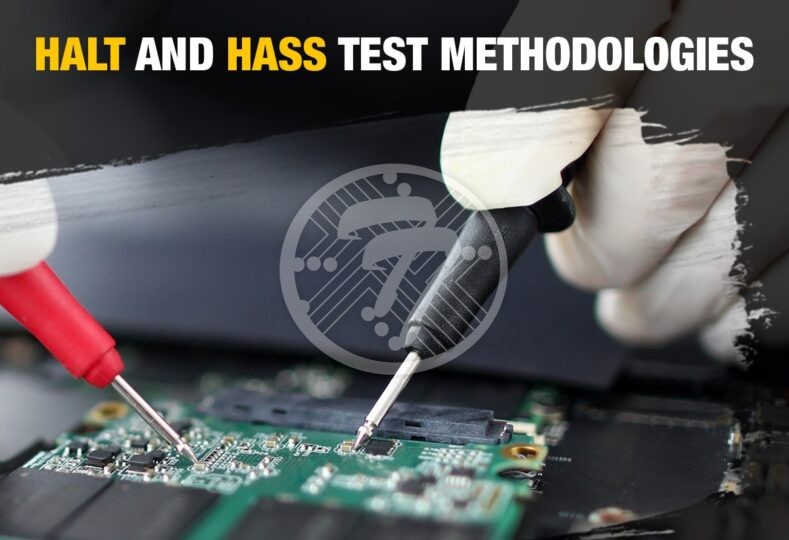Top factors that determine the cost of Multilayer PCB Assembly!

The use of multilayer PCBs has become ubiquitous with several industries employing complex PCBs in increasingly miniaturized products.
YOU MAY ALSO LIKE: 4 Layer PCB Stackup
There are a number of factors that determine the cost of a multilayer PCB Fabrication:
Choice of material
The material used to fabricate the board has an obvious bearing on its costs. In making the choice of material for the Multilayer PCB boards you need to take into account several factors such as:
- Do you need the board to withstand high operating temperature? For boards that need to work in high-temperature operating conditions, what you need are boards which have Copper Clad Laminate and PP materials with high glass transition temperature. With low Tg material you stand the risk of the resin being de-laminated and thereby the electrical connectivity to be broken when the temperature rises.
- Another major factor to watch out for is the signal performance. The choice of material is thus determined by whether the material will facilitate uninterrupted electrical signals.
- Mechanical properties of the board are also key in order to ensure that the board can withstand any foreseeable mechanical stresses and strains.
Size of PCB
The dimensions of the PCB are also a determinant of its cost. The base material is often charged by dimension so large PCBs will come at a certain cost. This does not however mean that the standard rule of the smaller the PCB the cheaper it will be, will apply. This is because in small PCBs the routing time as well as labour involved may be intensive. The size of the PCB along with the process time involved, thus impacts cost.
PCB Layer Count
Another major determinant of cost is of course, the number of layers. If you are talking of a double-sided PCB board, for example, you are talking of the fact that there is no need for copper foil lamination and that there aren’t added layers that need processing. As a thumb rule, therefore, the greater the number of layers, the more resources as well as time is required for the manufacturing process and hence the greater the cost.
Surface Finish
The choice of surface finish also impacts the cost of multilayer PCB fabrication. Certain finishes are known for their quality and longer shelf life and obviously come with an added cost. For example, if you opt for HASL surface finish, the cost is low. By contrast, ENIG finish comes with a slightly higher cost. When it comes to HDI PCB designs, there could oftentimes be the need to use a mix of finishes, which in turn could have an impact on costs.
Type of hole and density
The price of multilayer PCB fabrication is a function of the following:
-
Size of hole
-
Its density
-
Hole type
When it comes to the size of the hole, the standard aspect ratio to be followed is 8:1, if there is a change in the hole size, it means that there is the need to use customized tools to meet your bespoke requirements, which will come at an added cost. Similarly, while a hole density of less than 120Kpcs/sqm is normal, any change in that will once again come at an added cost. Similarly a standard thru-hole comes at a standard cost, however, if the board requires any blind and buried vias, the cost tends to go up.
Trace Width and Spacing
On a multi layered board to avoid overheating, there needs to be sufficient trace width. Engineers could therefore look at there could be a need of enlarging the trace width or adding extra solder, both of which add to the cost in terms of material as well as the work involved.
Thickness of PCB
Thicker material typically is costlier to produce, laminate as well as turn into a PCB. Add to this if the design is complex, the cost goes up. Another area that impacts price is the aspect ratio.
Requirement of any special processes
In case there are any unique design elements and the need for any special processes, it has an implication on the cost. Some of the processes that could impact cost include impedance control, carbon ink, blind vias, edge plating, depth-control, halogen free material and more.
A detailed evaluation of the above parameters can help in effectively determining the cost of multilayer PCB fabrication.
The above Factors affect multilayer PCBs cost so, be careful while you take any budget decisions for your multilayer PCB assembly. We have over four decades of experience in providing innovative PCB Assembly services using modern technologies and the latest machinery. We are adhering to strict high-quality standards and compliant with the RoHS quality management system. If you are looking for progressive Multilayer PCBs, you are at the right place. All you need to do is to reach out to us and have complete peace of mind, which comes from knowing that the people manufacturing your product are experts in their domain!









